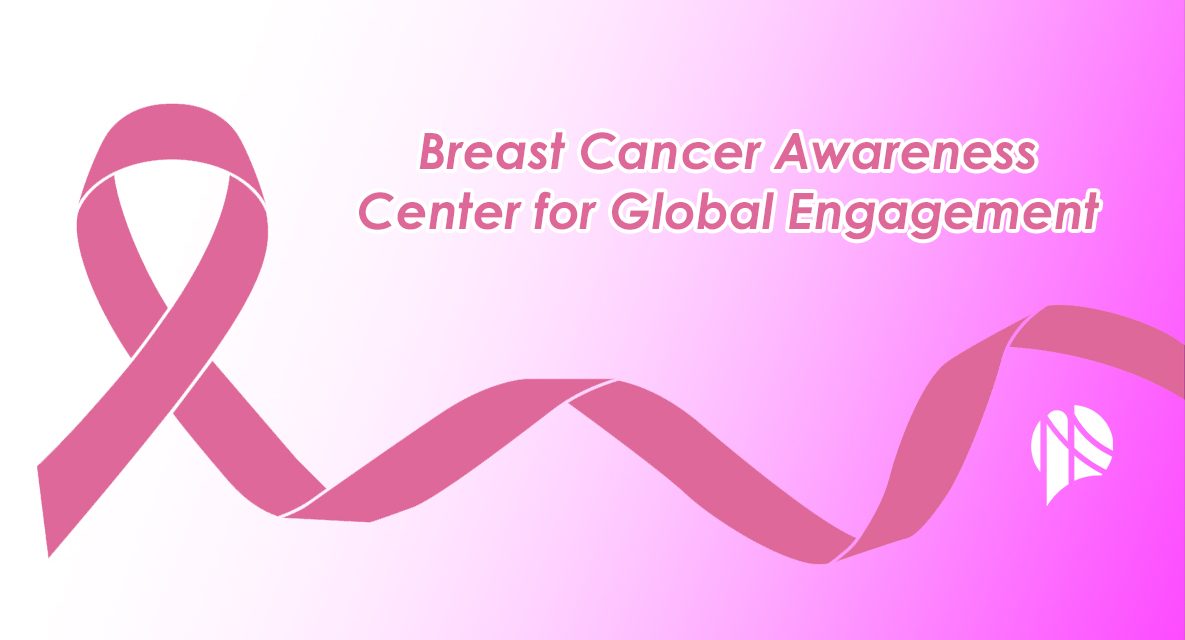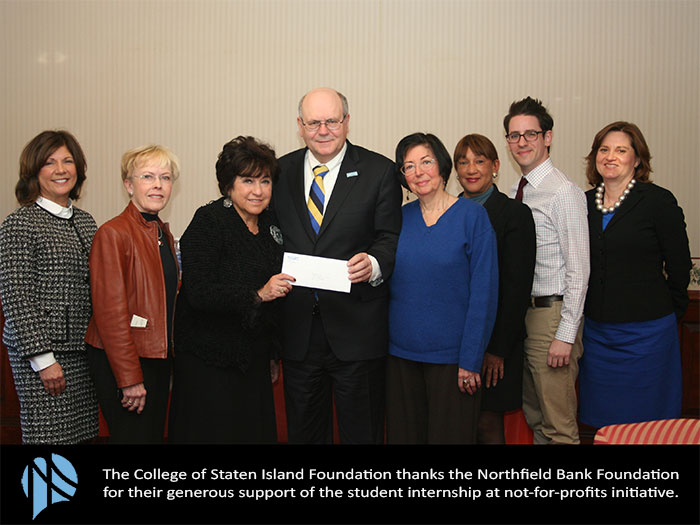Under the direction of Hyunsuk Moon, the Center for Global Engagement at the College of Staten Island recently held an educational lecture on breast cancer. Moon has been driving the Danaher Business System culture across multiple companies for more than 14 years. His experience in sales and customer engagement gives him a unique perspective on how to raise awareness of important health issues such as breast cancer.
Breast Cancer: Key Facts and Statistics
Numerous lives are impacted by breast cancer, which is still a major health concern in the U.S. It accounts for around 30% of all new cancer cases each year, making it the most common cancer diagnosed in women. More than 300,000 new cases of invasive breast cancer and 55,000 new cases of non-invasive breast cancer are expected to be detected in the United States in 2024, despite tremendous improvements in medical treatments and early detection techniques.
The racial gap in breast cancer death rates is one worrying feature of the disease in the United States. Despite having a lower incidence rate, Black women are 40% more likely than White women to die from breast cancer. This disparity highlights the need for improved outreach and care choices for underprivileged regions and highlights disparities in healthcare access.
Understanding Breast Cancer Stages
Moon’s presentation also provided insight into the clinical characteristics and survival rates associated with different breast cancer stages:
- Stage 0: Also known as Ductal Carcinoma In Situ (DCIS), this stage is non-invasive, with cancer cells contained within the milk ducts. It has a high survival rate, with nearly 100% five-year and ten-year survival rates.
- Stage I: At this stage, the cancer becomes invasive, with a tumor size of up to 2 cm and no lymph node involvement. The survival rate remains high at around 95% for five years.
- Stage II and III: Cancer may have spread to lymph nodes or increased in size. The five-year survival rate drops to around 85% for Stage II and about 60% for Stage III.
- Stage IV: This advanced stage involves metastasis, where cancer spreads to distant organs. Survival rates fall significantly to around 20% at the five-year mark.
Types of Breast Cancer
Participants also gained valuable information on the different types of breast cancer:
- Ductal Carcinoma In Situ (DCIS): Confined to the milk ducts and highly curable with surgery and radiation.
- Invasive Ductal Carcinoma (IDC): The most common type, accounting for roughly 80% of cases, which starts in the milk ducts and invades nearby tissues.
- Invasive Lobular Carcinoma (ILC): Begins in milk-producing glands and spreads to surrounding tissue, making up about 10% of cases.
- Triple-negative Breast Cancer (TNBC): An aggressive form that does not respond to hormone therapies, making it challenging to treat with standard methods.
Advancements in Breast Cosmetic Surgery and 3D Technology
Moon also discussed the latest developments in breast reconstructive and cosmetic surgery, which are very popular in South Korea. With the use of 3D scanners, accurate surgical planning is made possible, leading to more individualized and realistic-looking outcomes. Patients can better grasp possible outcomes because of these technological advancements that also enhance communication between them and physicians. Because they are less likely to cause cancer, smooth implants are now preferred than textured ones.
Supporting Awareness and Ongoing Research
In the fight against breast cancer, the Center for Global Engagement’s session stressed the significance of ongoing awareness, better access to healthcare, and support for cutting-edge therapies. The meeting reaffirmed the importance of early identification, access to high-quality medical treatment, and continued funding for studies aimed at reducing racial differences in survival rates.
The Center for Global Engagement’s continuous efforts to promote understanding and assistance regarding health concerns impacting both local and global populations included this awareness workshop.
By Nathalia Lampkin

















